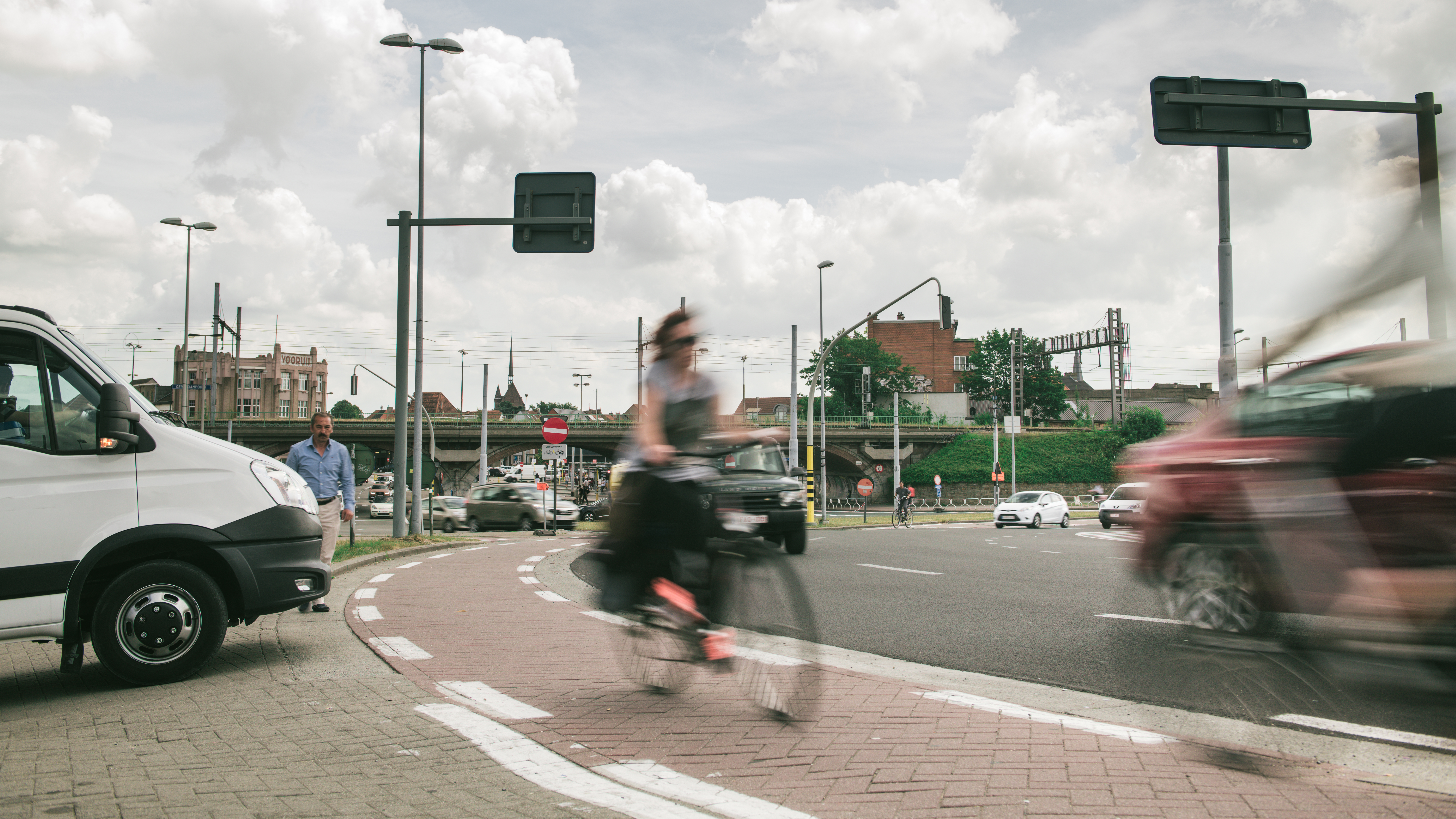Authors
About

The more cities grow, the more people and activities are concentrated in a given area, the more congestion, pollution, and traffic is generated. The impact of these problems on cities and on their citizens and businesses is profound.
Roads are saturated and conventional solutions have reached their limits but technological innovation offers new modes of transport and new ways to communicate with users and optimise services. Indeed, cities across Europe are becoming laboratories for the design, development, and testing of many of these new mobility solutions; from soft mobility to ride-hailing apps, from hard infrastructure for self-charging vehicles, to light rail or even aerial trams.
This said, how is technological innovation to be deployed and coordinated and how can cities actually switch people from their cars to their bicycles? New technologies will undoubtedly require new forms of policy process, new shared goals, new incentives, and new forms of stakeholder collaboration. This implies a radical change in behaviours and even mind-sets both among policy stakeholders and citizens.
Given this challenging context, this report reflects on three essential questions:
- In urban mobility, both for policy development and for service provision per se, the new fuel is data. How can cities exploit this new resource to transform urban mobility? (the report focuses on the importance of data for new mobility solutions and multi-modality);
- To what extent is collaboration with stakeholders important to delivering innovation in urban mobility – and who are the stakeholders? (The report focuses on the importance of stakeholder collaboration);
- How can cities entice travellers away from the (fossil-fuel based) personal car to collective transport or soft mobility options? (the report focuses on the importance of behaviour).
These three questions appear key to delivering smarter, greener, and more integrated urban transport. The present report therefore discusses the mobility policies of five European cities ‒ Albertslund, Lahti, Ghent, Toulouse Metropole, and Szeged ‒ through the prism of these questions. Their mobility challenges are representative of those of hundreds of cities across the continent.
Background
According to the United Nations, the world’s urban population is expected to nearly double by 2050. This is a challenge for city planners because the more activities are concentrated in a given area, the more congestion, traffic dangers, and pollution (NO2, CO2) are generated. It is now well-established that these phenomena have adverse effects on health and local GDP. All of which has put urban mobility in the front line of the task of making cities liveable and functional. At the same time, cities are also in the front line on global warming.
Chapters
Data in mobility policy and Innovation
The vision of a city in which Mobility as a Service (MaaS) offers citizens a ‘genuine alternative to the private car is one towards which city planners are currently striving.
Collaboration in mobility policy and innovation
Delivering a new multi-modal urban mobility system requires innovative governance, including collaboration between the public and private sectors.
Understanding mobility behaviour
Governments at both national and local level influence mobility behaviour through various policies including regulatory and economic instruments, education and awareness campaigns, and by rolling out innovations to increase choice, and, more recently, through ‘nudges’.
Recommendations
This concluding chapter summarises the standout generic and specific lessons from the three chapters (data, collaboration, behaviour change) and then discusses the overall picture that appears to be emerging in the mobility policy landscape.
Media
CitiCap, Lahti
About this resource
knowledge_communication@uia-initiative.eu
The Urban Innovative Actions (UIA) is a European Union initiative that provided funding to urban areas across Europe to test new and unproven solutions to urban challenges. The initiative had a total ERDF budget of €372 million for 2014-2020.
Similar content




